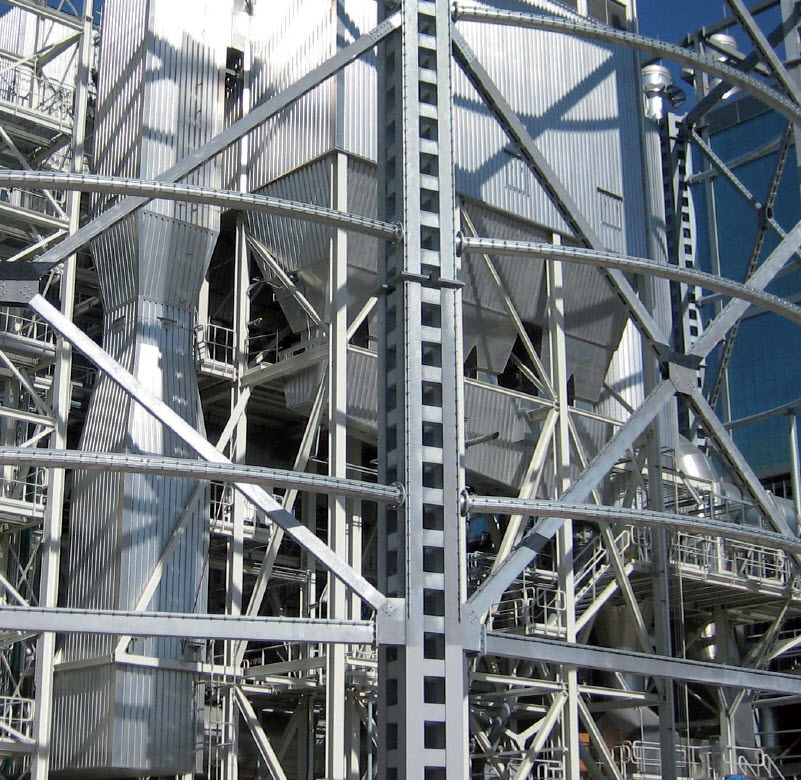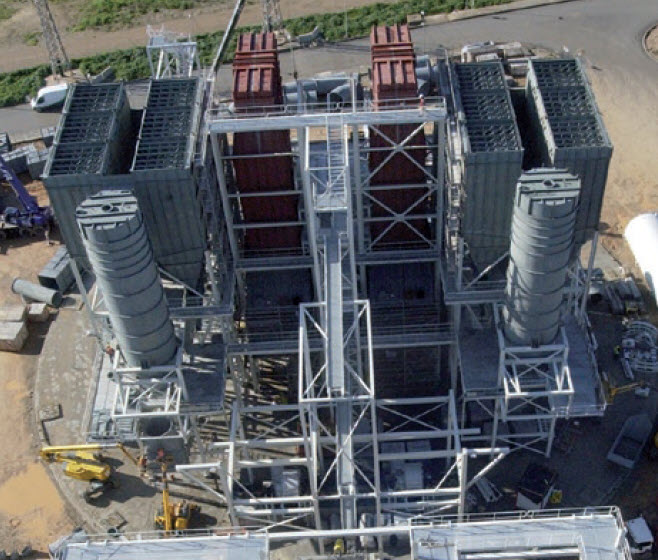SemiDry System
SemiDry System
Flue Gas Purification
SemiDry System
Flue Gas Purification.
Less reagent consumption, lower emissions, lower residue levels, zero wastewater.
Emphasizing on Economics and Reliability
When compact design, minimal investment, and compliance with stringent emission standards are crucial, the SemiDry system is the technology of choice for treating flue gases at Waste to Energy plants. It goes without saying that high availability and low residue levels are among the assets of this proven process.
Proven Technology
The SemiDry system technology employs the principle of the circulating fluidized bed, which has been used with success for many years in flue gas purification. The process has demonstrated its simplicity and efficiency in a multitude of Energy from Waste plants.
Simplicity and Efficiency
Briefly, the SemiDry system process works as follows: Downstream of the combustion section and steam generator, flue gases are channeled directly into the SemiDry reactor without pretreatment.
Reagents for separation – hydrated lime or calcined lime and activated carbon – are metered into the stream here, and water is injected at the same time. The temperature drops below 160 °C as a result, improving separation while activating the lime. Pollutants react with the additives in the SemiDry reactor, forming products that can be trapped by the downstream fabric filter.
Low Emissions, Low Residue Levels
The residue collected on the fabric filter is recycled to the SemiDry reactor in order to boost separation efficiency and hold emissions low even when feed gas composition is variable. Recycling also ensures that the reagents are used more than once, so that their consumption is minimized. Since the metering system always delivers the reagents in exactly the right quantity, the SemiDry system process guarantees low emissions, low reagent consumption, and low residue levels.
Compact Design, Minimal Investment
Equipment volume is minimized due to the simple process design and the optimized interaction of the components. The compactness of the system keeps process investments low and minimizes infrastructure costs.
Low Maintenance, High Availability
The SemiDry system process uses proven apparatus and requires hardly any moving components, so maintenance costs are low. These features, together with generous design margins, guarantee high system availability.
Versatility in Process Layout
The SemiDry system can be integrated with other flue gas treatment processes in any desired way. For example, NOx reduction can be effected with an upstream catalyzer or a downstream low-temperature SCR system. Combining the SemiDry system process with a wet scrubber allows a further reduction in emissions and reagent consumption. Most of the pollutants are removed by the SemiDry system unit, while the scrubber acts as a
“polishing” stage. The system discharges no waste water because the spent scrubber liquor is recycled to the SemiDry reactor. Depending on the size of the plant, the reactor is equipped with four or six chambers.
Key Advantages
– It uses proven technology and has a long record of success
– It is an efficient process requiring minimal investment
– Equipment design is compact and retrofitting is simple
– The apparatus is simple and needs minimal maintenance
– Generous design margins lead to high availability
– Reagent consumption and residue levels are low
– Separation efficiency is high and emissions are low
– The system discharges no waste water and is up-gradable as required



